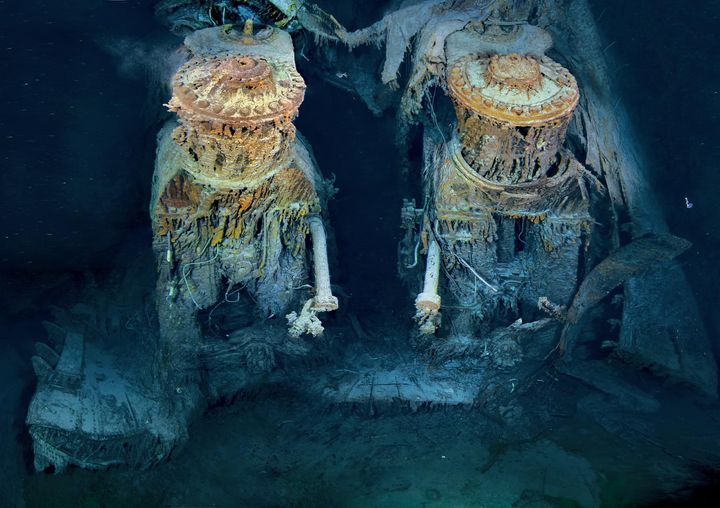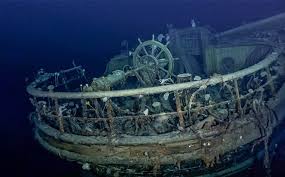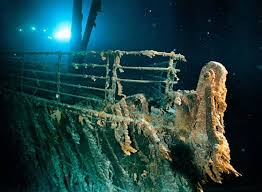Titanic’s Mighty Engines: Silent Witnesses of a Tragic Legacy


The story of the RMS Titanic, the ill-fated ocean liner that met a tragic end in 1912, continues to captivate the world’s imagination. Among the remnants of the deteriorating wreck lies a testament to the ship’s engineering prowess and power: the twin reciprocating engines. Towering above the depths, these colossal machines, nearly four stories tall, serve as enduring reminders of the Titanic’s once-mighty propulsion system. Today, they stand silently, shrouded in darkness, occasionally illuminated by the lights of exploration expeditions. This article delves into the significance of these engines and the challenges of documenting them in the deep abyss.
The Titanic’s Engine Power:
In its heyday, the Titanic boasted an impressive engine system that propelled the massive vessel through the Atlantic waters. The twin reciprocating engines, located in the ship’s stern section, worked in conjunction with a center turbine engine, producing a combined effort of nearly 30,000 horsepower. This immense power, along with the 16,000 horsepower generated by the center turbine engine, enabled the Titanic to effortlessly reach speeds exceeding twenty knots.
The Silent Remnants:
Today, lying at a depth of approximately two and a half miles, the twin reciprocating engines remain steadfast among the deteriorating remains of the Titanic’s stern. The surrounding darkness is only occasionally pierced by the feeble lights of exploration expeditions. The challenging conditions of the deep sea render it impossible for a single artificial light source to unveil the entirety of this vast area. Instead, digital technology stitches together numerous smaller images, creating mosaic-like representations of the engines and their surroundings.
Capturing the Titanic’s Ruins:
Exploring the Titanic’s wreckage poses numerous logistical and technological challenges. The extreme depth, immense pressure, and pitch-black environment make it an inhospitable realm for humans. Thus, remotely operated vehicles (ROVs) equipped with powerful lights and high-resolution cameras are deployed to capture images of the ship’s remains, including the iconic reciprocating engines. These painstakingly collected images are then meticulously stitched together using digital techniques to form a cohesive representation of the wreckage.
Preserving the Legacy:
The documentation and study of the Titanic’s twin reciprocating engines serve not only to unveil the engineering marvels of the past but also to preserve the historical legacy of the ill-fated vessel. As the wreck succumbs to the ravages of time and nature, these images provide invaluable insights into the ship’s construction, machinery, and technological advancements of the early 20th century. By digitally stitching together images, researchers and enthusiasts can piece together a comprehensive mosaic of the Titanic’s final resting place, ensuring that its story continues to be told and remembered.
Conclusion:
The twin reciprocating engines of the Titanic, standing tall within the decaying stern section of the wreck, symbolize the ship’s grandeur and tragic demise. These colossal machines, with their impressive power and engineering, serve as both a testament to human achievement and a poignant reminder of the lives lost. As technology enables us to glimpse into the depths and stitch together fragments of images, we continue to unveil the story of the Titanic, honoring its historical significance and ensuring that its legacy endures for generations to come.
Hits: 7







